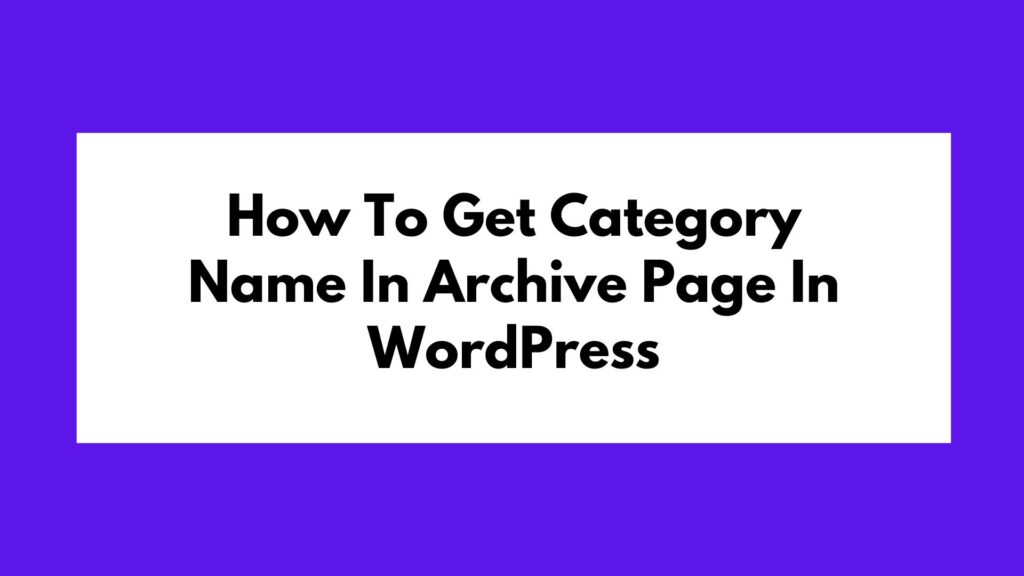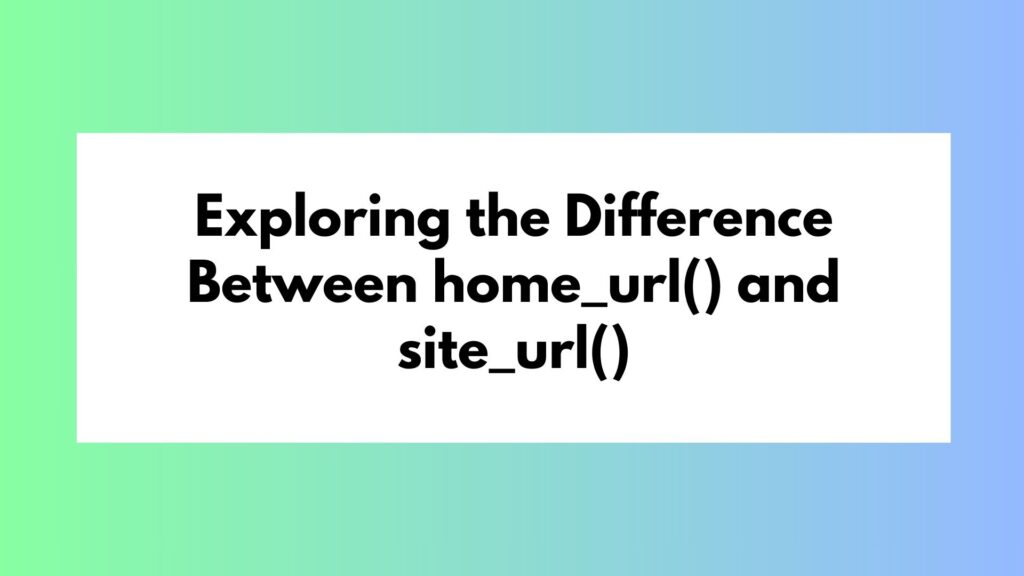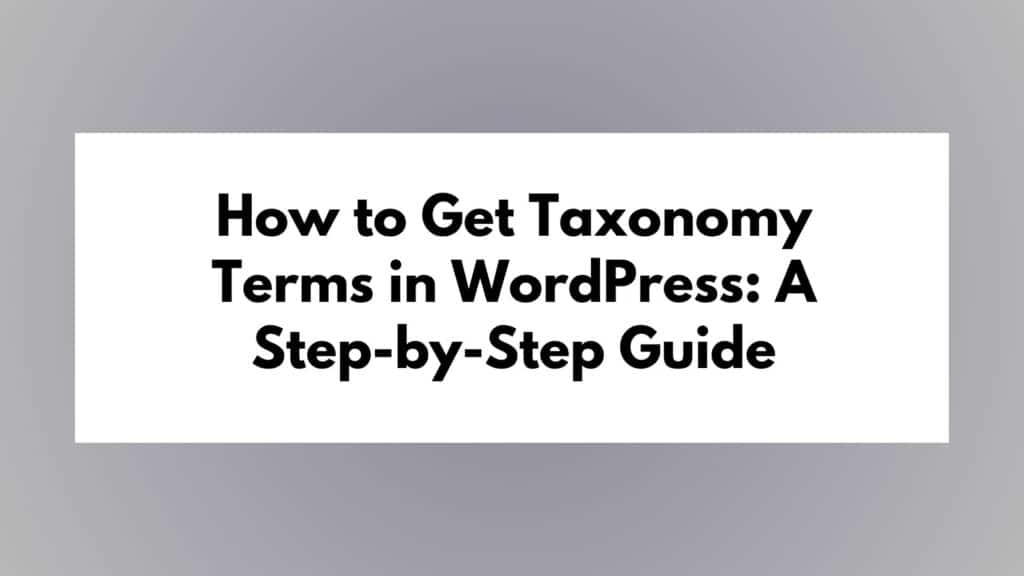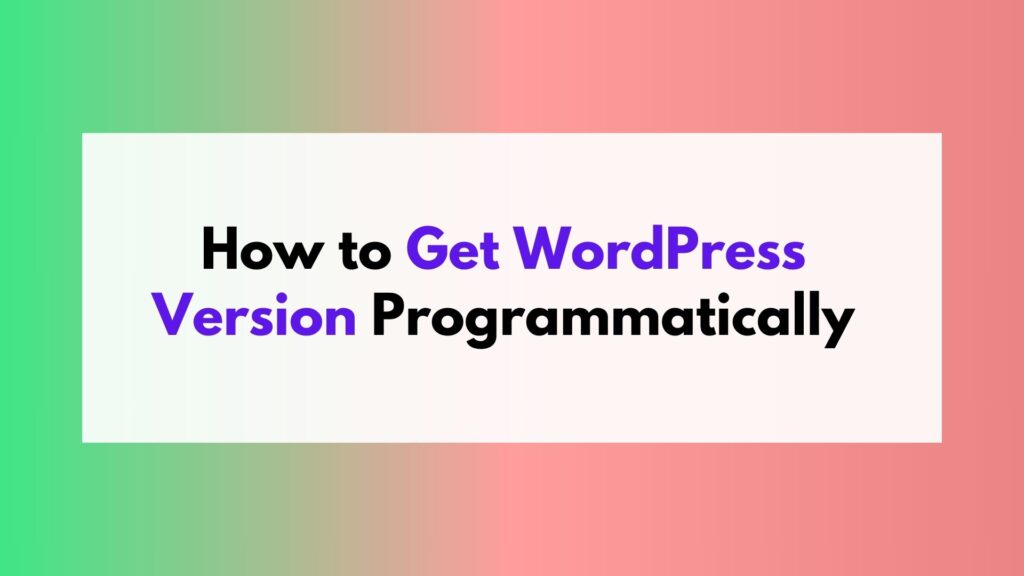
When it comes to web accessibility and search engine optimization, providing descriptive alternative text (alt text) for images is crucial. In WordPress, manually adding alt text to every image can be time-consuming, especially on large websites with numerous media files. Fortunately, WordPress offers a robust set of functions and hooks that allow developers to retrieve and manipulate image alt text programmatically. In this guide, we will explore various methods to get image alt text in WordPress programmatically.
Table of Contents
1) Understanding Image Alt Text in WordPress
Before diving into programmatically obtaining image alt text, it’s essential to understand how WordPress handles alt text. Alt text is a concise description of an image’s content, used by screen readers for accessibility and search engines for indexing. In WordPress, users can add alt text while uploading or editing an image through the Media Library.
2) Using the get_post_meta Function
WordPress stores image alt text as post metadata. Each attachment (image) is treated as a post type, and its alt text is stored as meta information. You can use the get_post_meta function to retrieve this data.
$image_id = get_post_thumbnail_id($post_id); // Get the image ID $alt_text = get_post_meta($image_id, '_wp_attachment_image_alt', true);
Replace $post_id with the ID of the post containing the image. This method is useful for featured images or post thumbnails.
3) Accessing Alt Text from Image Object
The wp_get_attachment_image_src function returns an array containing the image URL and other details, including alt text.
$image_id = get_post_thumbnail_id($post_id); $image_data = wp_get_attachment_image_src($image_id, 'full'); $alt_text = get_post_meta($image_id, '_wp_attachment_image_alt', true);
This method provides additional information about the image and is suitable for more complex scenarios.
4) Using the Attachment ID
If you have the attachment ID, you can directly retrieve alt text without additional functions.
$image_id = 123; // Replace with your image ID $alt_text = get_post_meta($image_id, '_wp_attachment_image_alt', true);
This approach is handy when you already have the image ID.
5) Filtering Alt Text Output
WordPress allows developers to filter the alt text output using the wp_get_attachment_image_attributes hook. This method is useful for modifying alt text dynamically.
function custom_alt_text($attr, $attachment) {
$alt_text = get_post_meta($attachment->ID, '_wp_attachment_image_alt', true);
if ($alt_text) {
$attr['alt'] = $alt_text;
}
return $attr;
}
add_filter('wp_get_attachment_image_attributes', 'custom_alt_text', 10, 2);
This filter ensures that alt text is added to the image attributes.
Conclusion
Programmatically obtaining image alt text in WordPress provides developers with the flexibility to streamline processes and enhance website accessibility. Whether you need to retrieve alt text for a specific image or customize its output, the methods discussed in this guide offer a solid foundation for efficient and dynamic alt text management in WordPress.





